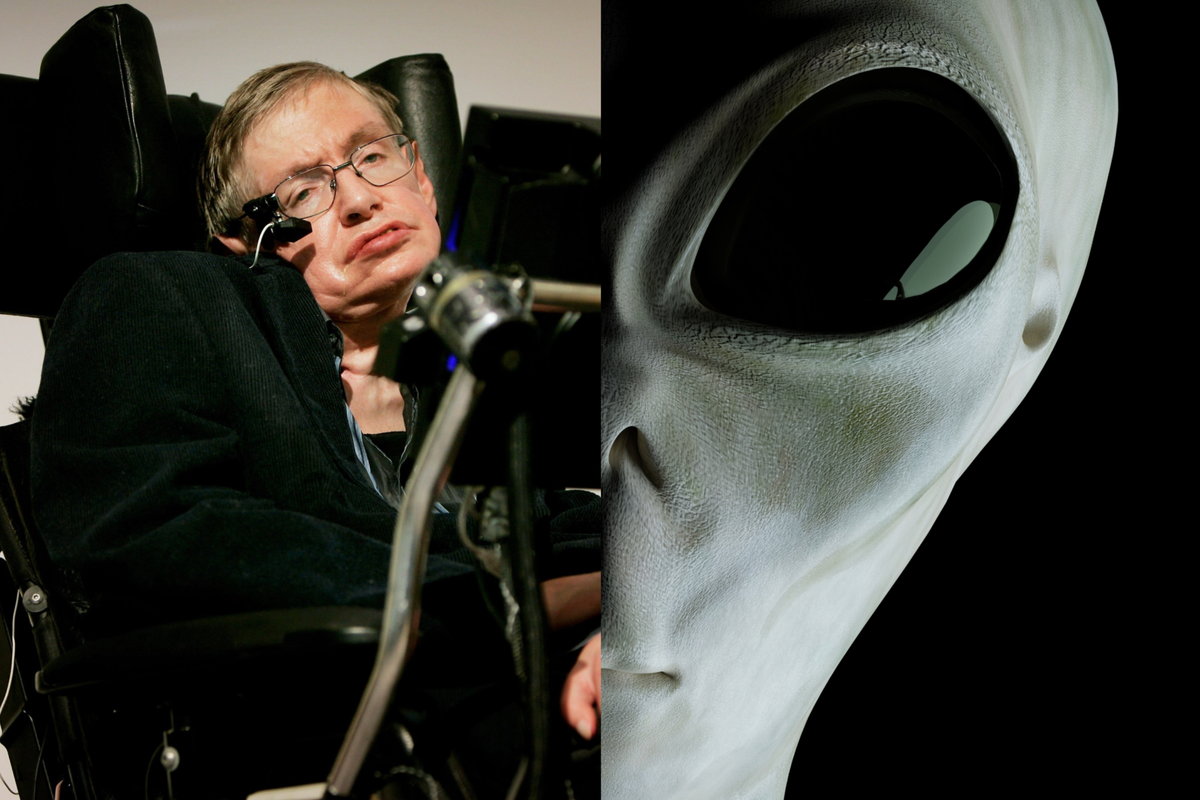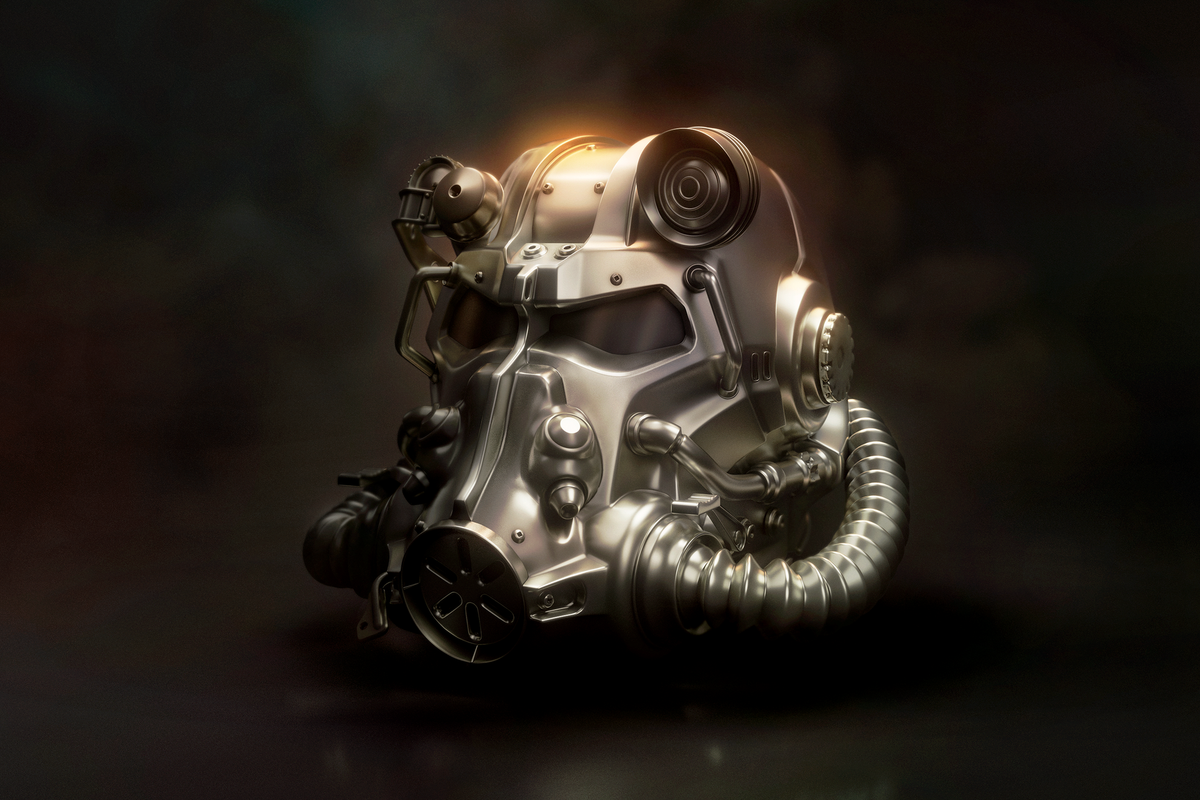News
Steve Connor
Jan 17, 2015
The fertility doctor who created the world’s first “three-parent” embryos which led to a woman becoming pregnant has insisted the technique is safe – despite the mother losing both her prematurely-born twin babies.
Jamie Grifo programme director of the New York University Fertility Centre, supervised the only IVF treatment that led to a pregnancy with embryos conceived by the same technique being considered by Britain’s fertility watchdog, the Human Fertilisation and Embryology Authority (HFEA).
The 30-year-old Chinese woman was treated at the Sun Yat-sen University Hospital in Guangzhou, and became pregnant in 2003 with triplets after five “three-parent” IVF embryos were transferred into her womb. Doctors subsequently removed one of the foetuses to give the other two babies a better chance of survival but both these twins died after being born prematurely at 24 and 29 weeks.
When Dr Grifo reported her case at a fertility conference later in 2003, he was widely denounced for carrying out an unsafe experiment of the “three-parent” technique and was prohibited from performing further IVF trials. However, in an exclusive interview with the Independent, Dr Grifo vigorously defended the work which he said demonstrated the viability and safety of a technique that could help women carrying inherited mitochondrial diseases to have healthy children of their own.
Because she lost the pregnancy everyone assumed that it was the technique. Then the Chinese government stepped in and stopped the work, but the reality was that [the] autopsy showed the babies were completely healthy and the reason for the failure was probably the premature delivery, the multiple pregnancy and the reduction. There was nothing identifiably wrong with the foetuses. The women lost the pregnancy for obstetrical reasons not related to anything with the foetus.
- Dr Grifo
Parliament is soon to take a vote on whether to legalise “three-parent” IVF embryos, which are created by merging the genetic material of two eggs from two women with the sperm of a man. The aim is to allow women with mutations in their mitochondrial genes to use the healthy mitochondria of a donor egg in order to have their own biological children with the normal nuclear chromosomes of the mother and father.
More: This video of twin babies playing peekaboo is beyond cute
Top 100
The Conversation (0)












